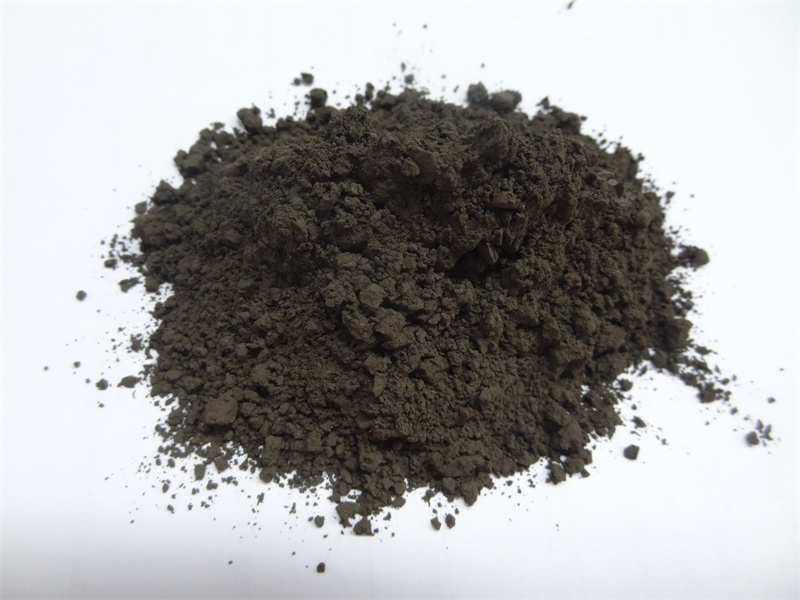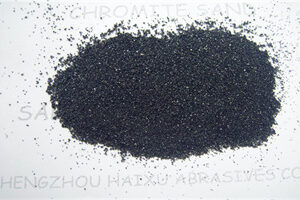Does the glass factory use iron chromite powder?
Glass factories do use iron chromite powder, and its core applications and functions are as follows:
I. Main application areas
Glass colorant
The chromium element (Cr₂O₃ content ≥46%) in iron chromite powder reacts with glass components at high temperatures to form compounds of different valence states, giving the glass specific colors such as green or brown, and is often used to color container glass such as beer bottles and wine bottles.
Improving glass performance
Enhanced weather resistance: Iron chromite powder can improve the ability of glass to resist ultraviolet rays, oxidation and corrosion, and extend its service life.
Improved mechanical strength: Appropriate addition can significantly improve the impact resistance and bending resistance of glass.
Process optimization
Adding iron chromite powder can reduce the melting temperature of glass, reduce energy consumption, promote the discharge of bubbles, and improve product transparency.
2. Specifications and selection of iron chromite powder
Common particle sizes: 200 mesh, 325 mesh, 400 mesh, etc. Different mesh sizes correspond to different coloring effects and process requirements. Source and Packaging: Mainly made of high-grade chromite sand imported from South Africa, the conventional packaging is ton bags or woven bags (25kg/bag).
3. Other related uses
Iron chromite powder can also be used as a refractory material in the casting industry, or in ceramic glazes, ink pigments and other fields.
In summary, iron chromite powder is both functional and economical in glass production, and is one of the important raw materials for colored glass and high-performance glass products.





















